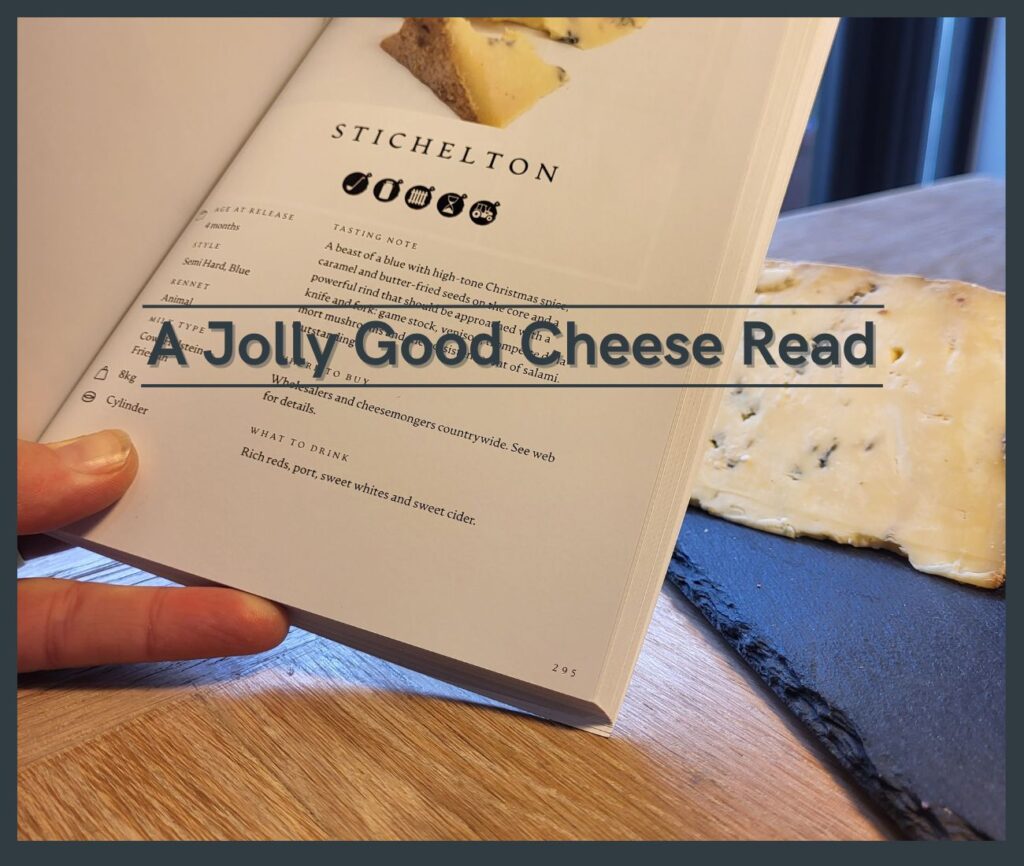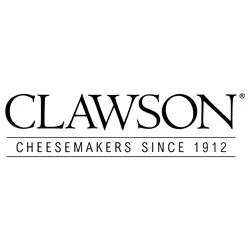Cutting cheese with the correct tools makes all the difference.

Whether you are a professional cheesemonger or cheese lover perfecting your cheese boards at home, using the correct tools for cutting and serving cheese can make all the difference.
Noemie Richard, Maître fromager from the Guilde international and Cheese Teacher from l’École du Fromage Savencia and Academy of Cheese Patron & Training Partner, kindly shares some pearls of wisdom and a glimpse inside the perfect cheese toolkit.
Selecting the Cheese
The perfect cheese board should contain a nice variety of cheese styles, from different regions and with different types of milk. This is the first recommendation any cheesemonger should give to their customer. The next step is serving the cheese correctly, this is only possible if they have the correct tools for the cheese they are serving.
The main Cheese families (fresh, soft, blue and hard) each have very different textures. We firstly need to understand and define the cheese type to make the right choice of tool to use.
One Cheese, One Tool
Butter knife
For fresh and creamy pastes, we can use a wire to make precise cuts, but it is always easier to spread it on top of bread or a cracker using a butter knife.
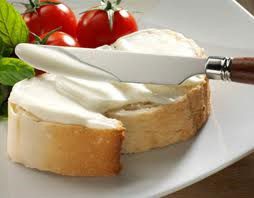
Perforated blade
Soft ripened cheeses (Camembert, brie) are defined by a creamy and sticky texture with different level of firmness depending on their life stage. These cheeses should be cut with a perforated blade to avoid the paste sticking to the knife.

A Cheese wire
Blue Cheese such as Roquefort will generally require a wire as the amount of moisture together with the chalky texture make the cutting very delicate.
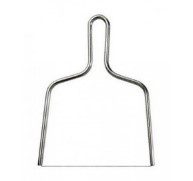
Cutting Hard Cheese
The Hard Cheese family is a little more diverse. For the “non cooked curd” cheese like Edam or Gouda, a cheese wire machine will work perfectly and make the job of cutting large wheels much easier. For the “cooked curd” or ‘Hard Cooked’ cheeses, the firmness of the paste requires the use of the double handled knife. There are now examples of new automatic blade machines which have been developed to cut the big mountain cheese wheels such as per Comte or Beaufort.
The chopping board is obviously fundamental to put the cheese on to prepare it for proper cutting, its important this is regularly wiped clean between cheeses. The ability to cut a cheese to the exact size required comes with the experience but for most scales are a “must have” to ensure precision.
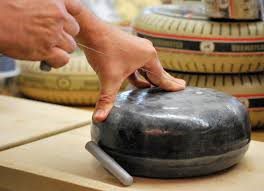
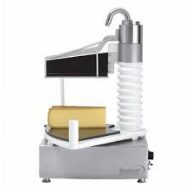
Unique Cheeses
There are some tools that are specifically designed for a certain cheese, such as Parmeggiano Reggiano and Tete de Moine.
- The Parmeggiano Reggiano is designed to be “granado” out of the surface of the wheel using a special knife. The opening of the wheel is also only possible by using the special parmeggiano knives kit
- The “Tete de moine” has a unique texture that is often served in flower petal shapes created with the use of a Girolle, pictured below.
The cheese slicer would help to get very thin layer of cheese (mainly used for Carpaccio) and the famous grated cheese tool would allow these thin and long pieces of cheese to be spread on top of pizza or other hot dishes. These tools require a good clean before and after using and it is essential to dry them completely before storing to avoid the corrosion of the blade. Also, because the acidity of some cheese this can damage the sharpness of the knives, it is important to regularly sharpen them.


Cheese Counter Displays
It’s important that cheesemongers have nice cheese boards to display their cheese on, this helps add theatre and encourage customers to interact and request tastings. Boards are generally wood or slate and should be large enough to support the cheese variety and quantity to be displayed.
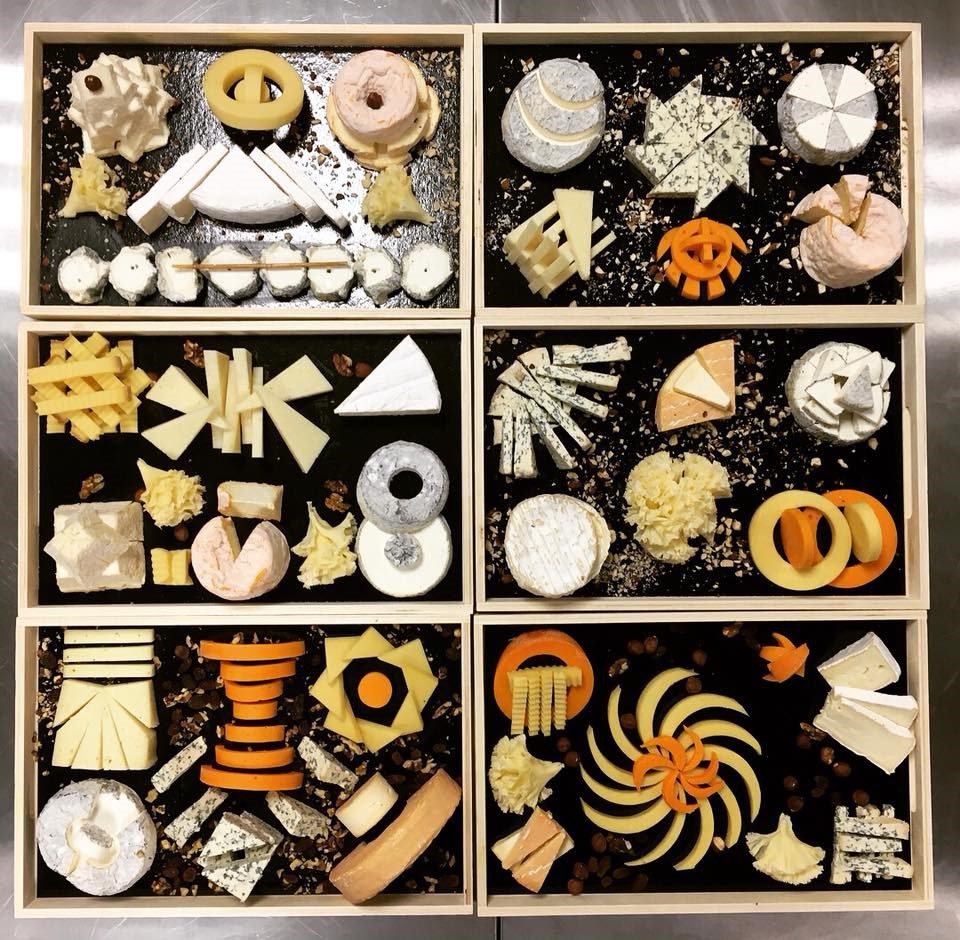
Creations of Vincent Laloyaux, Cheesemonger and director of the Cheese Monger Institute in France
Cutting the correct shape
We recommend cutting wedges out of round and triangular cheeses and rectangles for the blocks.
The most important thing is to maintain the rind so the consumer can identify the cheese and appreciate the maturation level that is generally more prevalent close to the rind.


A big Thank You to our Patron & Training Partner l’École du Fromage Savencia




